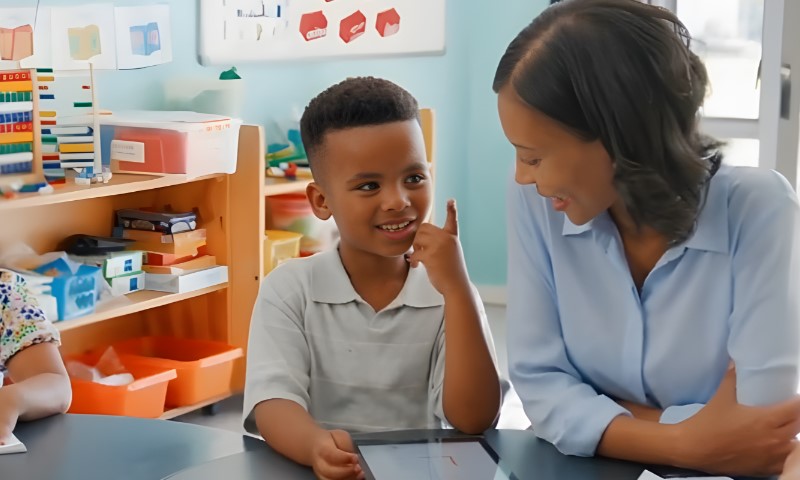
Share Post:
In a world where screens often get blamed for shortening attention spans, some digital tools are quietly doing the opposite, sharpening young minds instead of dulling them. The right computer games can train kids to think methodically, solve problems logically, and make creative leaps without them even realizing they are learning.
These aren’t just “educational” in the old-fashioned sense; they’re immersive, well-designed experiences that turn coding, logic, and strategy into play. Games like Minecraft: Education Edition and Human Resource Machine are transforming how children build analytical thinking, not through rote memorization, but through challenge and curiosity.
Below are some of the best creative computer games that encourage reasoning, experimentation, and structured thought in kids of different ages.
Table of Contents
Toggle1. Minecraft: Education Edition
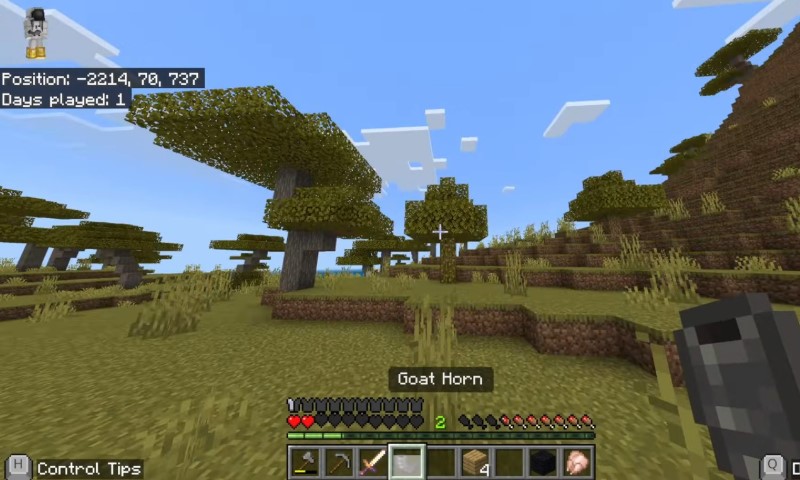
Minecraft: Education Edition has evolved from a simple sandbox into a digital laboratory for logical exploration. Kids start by learning how blocks interact in space, but they quickly move into experimenting with cause-and-effect systems, redstone circuitry (which mimics electrical engineering), and structured building challenges that mirror real-world engineering tasks.
Why It Builds Analytical Thinking:
Players must plan before acting, measuring resources, predicting structural stability, and thinking spatially. Collaborative classroom modes further develop problem-solving as students work in teams to construct functioning machines or ecosystems.
| Feature | Description |
| Core Skill | Spatial reasoning and planning |
| Age Group | 8–14 |
| Key Challenge | Resource management and logical construction |
| Teaching Mode | Multi-student collaboration and project design |
| Bonus Value | Integration with coding through MakeCode and Python |
2. CodeMonkey
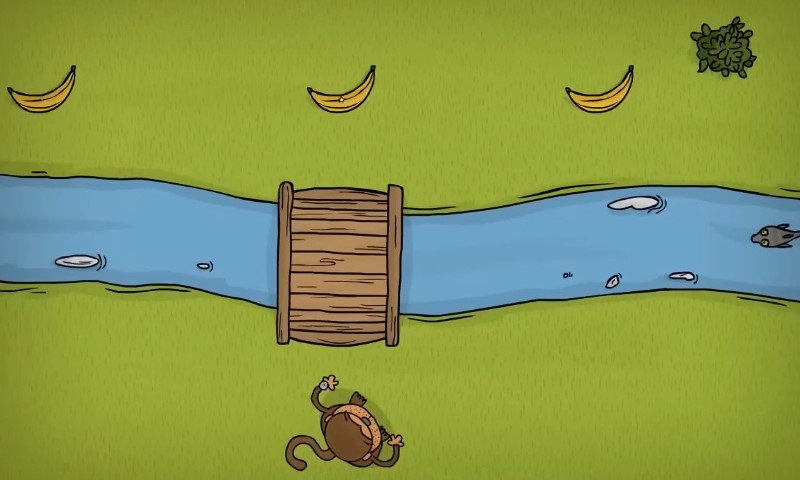
In the middle of every strong learning experience is the balance between fun and logic. CodeMonkey achieves that with perfect precision. Designed for kids ages 7 and up, this browser-based platform turns the fundamentals of computer programming into story-driven puzzles. Children guide a monkey through levels using real lines of code, learning sequencing, loops, and conditionals in a natural, visual way.
Why It Works:
Instead of overwhelming kids with abstract coding syntax, CodeMonkey builds progression step by step. Each puzzle rewards curiosity and pattern recognition, essential elements of analytical thinking. The game also provides instant feedback, showing kids when their logic works and when they need to rethink their approach.
| Feature | Description |
| Core Skill | Logical sequencing and coding fundamentals |
| Age Group | 7–13 |
| Key Challenge | Writing correct algorithms for movement and action |
| Teaching Mode | Puzzle progression with real code feedback |
| Bonus Value | Encourages persistence and debugging skills |
3. Human Resource Machine
Human Resource Machine teaches logic through an unexpectedly engaging premise, turning office work into computational puzzles. Each level represents a small “program,” and kids must move data from the inbox to the outbox by designing visual algorithms that mimic real-world computer instructions.
Analytical Impact
It teaches kids to think like programmers without typing a single line of code. Players learn loops, conditionals, and optimization strategies, all while strengthening critical thinking. The quirky humor and clean visual design make it as enjoyable as it is brain-stimulating.
| Feature | Description |
| Core Skill | Algorithmic problem-solving |
| Age Group | 10–15 |
| Key Challenge | Creating efficient visual programs |
| Teaching Mode | Drag-and-drop coding puzzles |
| Bonus Value | Introduces computer science logic fundamentals |
4. LightBot
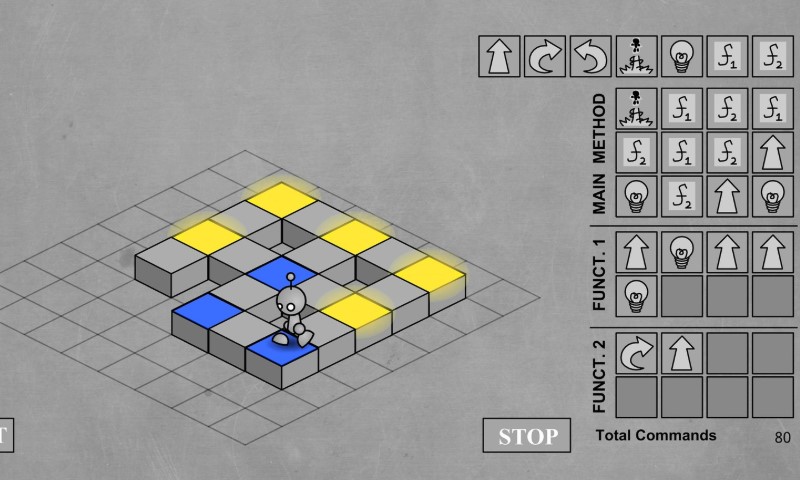
LightBot is one of the most accessible introductions to coding logic. It uses a small robot that kids must guide to light up squares on a grid. To succeed, they must use commands like “move,” “turn,” and “jump,” eventually layering in functions and loops.
Why Kids Love It:
It feels like a puzzle game, not a programming lesson. Yet behind the scenes, LightBot trains the same logical structures that real-world coders use daily. As children progress, they begin to recognize patterns and develop the foresight to plan multiple moves, a cornerstone of analytical reasoning.
| Feature | Description |
| Core Skill | Pattern recognition and function design |
| Age Group | 6–12 |
| Key Challenge | Completing multi-step problems using minimal commands |
| Teaching Mode | Step-based puzzle solving |
| Bonus Value | Helps transition into text-based coding later |
5. Turing Tumble
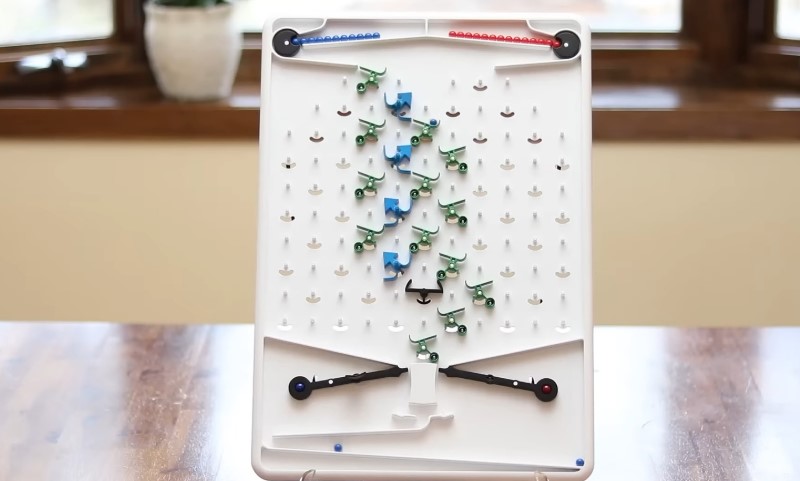
Unlike most digital games, Turing Tumble bridges the physical and digital worlds. It is both an on-screen simulation and a real-world mechanical board game where players use levers and marbles to represent logic gates and computational flow. Kids learn how computers actually “think” through cause-and-effect systems and binary decisions.
Why It Stands Out:
It demystifies computer logic by making it tangible. As players progress, they construct more complex devices, mirroring how real processors operate. This fosters a deep understanding of the mechanics behind coding and data processing.
| Feature | Description |
| Core Skill | Logical reasoning and systems thinking |
| Age Group | 8–15 |
| Key Challenge | Designing functional logic machines |
| Teaching Mode | Hands-on mechanical puzzles |
| Bonus Value | Encourages curiosity about how computers work internally |
6. Zoombinis
Zoombinis is a classic that remains timeless in developing analytical reasoning. Kids guide small blue creatures across obstacle-filled paths, solving logic puzzles that involve patterns, sorting, and deductive reasoning. It subtly teaches principles of hypothesis testing and variable manipulation.
How It Builds Thought:
Every puzzle level requires recognizing clues and testing solutions. Children must adapt strategies as puzzles grow more complex, precisely the kind of flexible analytical thinking essential in science and math learning.
| Feature | Description |
| Core Skill | Deductive reasoning and pattern analysis |
| Age Group | 7–13 |
| Key Challenge | Solving visual logic challenges |
| Teaching Mode | Adaptive puzzle-solving |
| Bonus Value | Boosts problem-solving resilience and memory recall |
7. Kerbal Space Program

Kerbal Space Program gives kids a crash course in physics, engineering, and analytical problem-solving, sometimes quite literally. Players design and launch rockets, experimenting with thrust, balance, and trajectory to achieve stable orbits or interplanetary missions.
What Makes It Special:
It’s one of the few games that makes failure productive. Every explosion teaches why something didn’t work, a valuable lesson in real-world analysis and experimentation. Kids develop intuition about forces, velocity, and gravity while creatively solving complex engineering problems.
| Feature | Description |
| Core Skill | Physics-based reasoning and iterative design |
| Age Group | 10–16 |
| Key Challenge | Designing functional rockets using trial and error |
| Teaching Mode | Simulation-based learning |
| Bonus Value | Fosters scientific curiosity and experimentation habits |
8. Portal 2
Portal 2 goes beyond simple gameplay into full-blown physics puzzles wrapped in an engaging story. Players must use a “portal gun” to teleport through surfaces, requiring them to visualize space and motion in non-linear ways.
Analytical Value:
It sharpens problem-solving under constraints; kids must analyze each environment, test theories, and learn from failure. The cooperative mode also teaches communication and joint reasoning, turning teamwork into an analytical exercise.
| Feature | Description |
| Core Skill | Spatial logic and cause-effect reasoning |
| Age Group | 12–16 |
| Key Challenge | Solving multi-step physics puzzles |
| Teaching Mode | Immersive single-player and co-op campaigns |
| Bonus Value | Teaches patience, experimentation, and resilience |
Conclusion
Analytical thinking isn’t a single skill; it’s a combination of patience, logic, creativity, and structured curiosity. The best games don’t tell kids what to think; they teach them how to think by rewarding exploration and persistence. From the digital logic of Human Resource Machine to the mechanical clarity of Turing Tumble and the playful coding of CodeMonkey, these games prove that screens can be a tool for growth when used with intention.
Related Posts:











